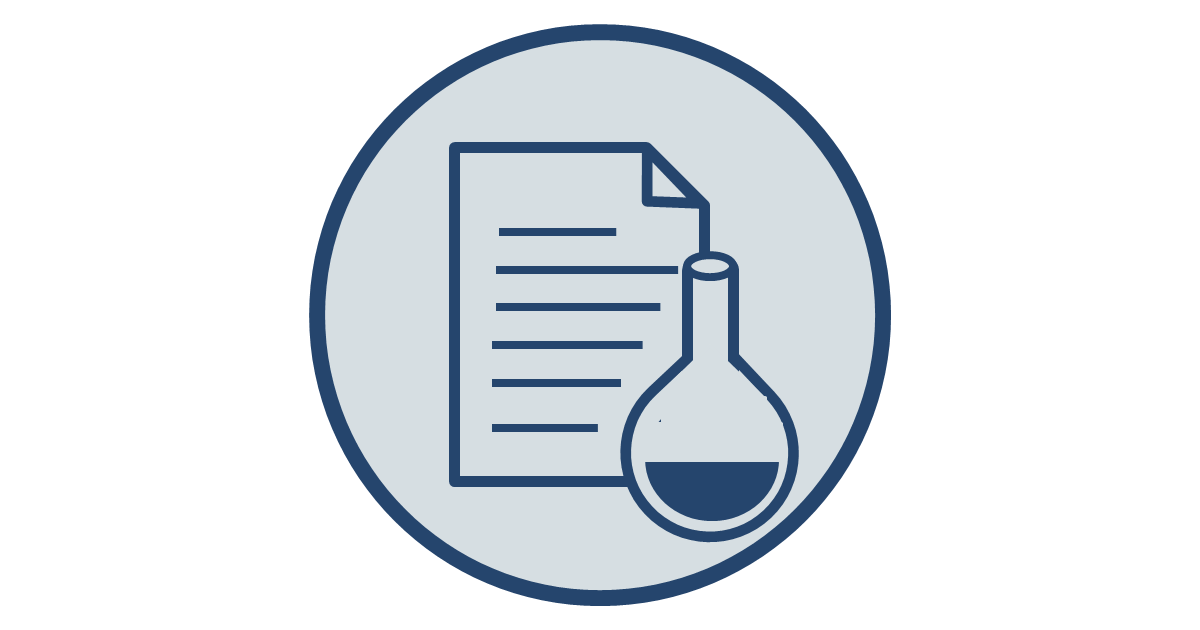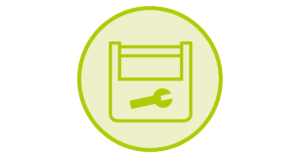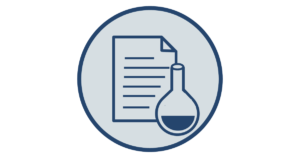Measuring Rainfall Frequency and Intensity
Ever wondered how much rain is falling at your place? Then you should learn more about measuring rainfall to estimate your rainwater harvesting potential with this e-learning tool.
Methods for Rainwater Quantification
We will provide you with a rain gauge construction manual. This gives you the opportunity to measure your rainfall without using much equipment. Everybody can help to keep an eye on our planets water resources and you can start. Have a look by yourself and try out your first tests.
Measuring Rainfall by Birthe Hohm and Ruth Schaldach is licensed under a Creative Commons Attribution-ShareAlike 4.0 International License.
Rainwater is an important water resource by naturally irrigating plants and recharging water sheds. Rainfall is collected by rainwater harvesting (also see: traditional and land-based rainwater harvesting), stored and later used. Thus, knowledge on the speed of recharge is important in order to know how fast you can use your stored water resources. Additionally, rainfall is changing with the seasons in frequency and intensity. You can calculate with this Rainwater Collection Calculator based on your data the yearly collection potentials, which helps to plan your storage devices. As dryer a region is as more important it is to collect and store in these seldom peak times, which makes an exact planing even more important. Consequently, observing the rainfall is one of the first steps for sustainable usage practices.





